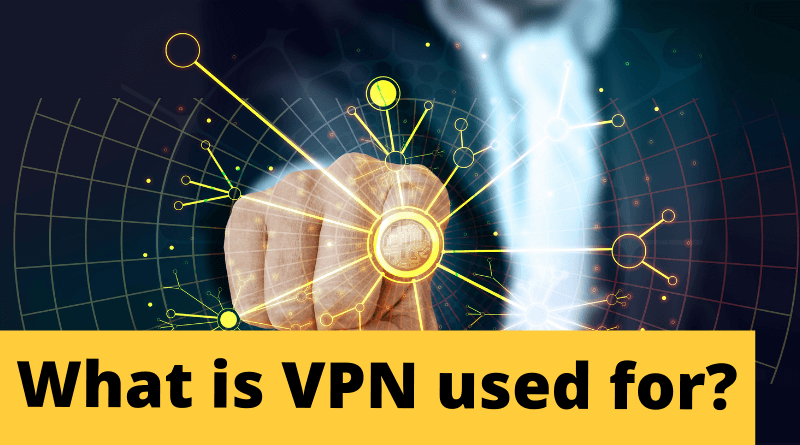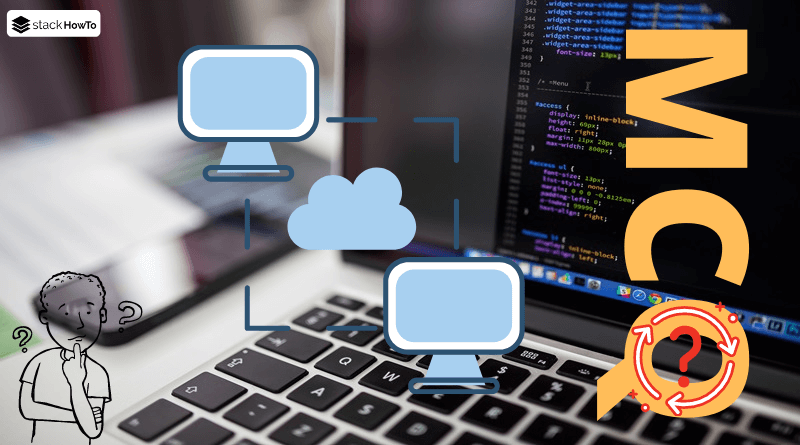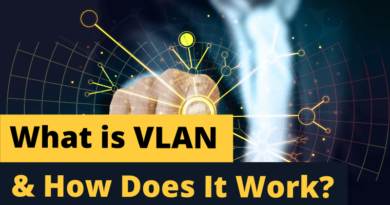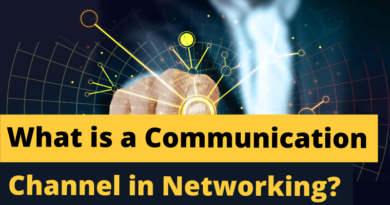What is VPN used for?
In this tutorial, we are going to see What is VPN used for?
Local area networks (LANs) are networks that are internal to an organization, which means that the links between machines belong to the organization. These networks are often connected to the Internet via networking equipment. It often happens that companies feel the need to communicate with subsidiaries, customers, or even geographically distant personnel via the Internet.
However, data transmitted over the Internet is much more vulnerable than when it travels over an organization’s internal network because the path taken is not defined in advance, which means that the data travels over a public network infrastructure owned by different operators. This means that it is not impossible that on the path taken, the network is listened to by an unwanted user or even hijacked. It is therefore not conceivable to transmit sensitive information for the organization or the company under such conditions.
The first solution to secure communication is to connect the remote networks using dedicated links. However, most companies cannot afford to connect two remote LANs with a dedicated line, so it is sometimes necessary to use the Internet as a transmission medium.
A good compromise is to use the Internet as a transmission medium by using an “encapsulation” protocol (sometimes called “tunneling”), which means encapsulating the data to be transmitted in an encrypted way. The network created in this way is referred to as a virtual private network (VPN, acronym for Virtual Private Network).
What is VPN?
This network is said to be virtual because it connects two “physical” networks (local networks) by an unreliable link (Internet), and private because only the computers of the local networks on both sides of the VPN can “see” the data.
The VPN system thus allows getting a secure link at a lower cost, except for the implementation of terminal equipment. On the other hand, it does not provide a quality of service comparable to that of a private network, since the physical network is public and therefore not guaranteed.
How Does VPN Works?
A virtual private network is based on a protocol, called tunneling protocol, which is a protocol that allows data passing from one side to the other of the VPN network in order to be secured by cryptographic algorithms.

Image source: https://commons.wikimedia.org/wiki/File:VPN_overview-en.svg
The word “tunnel” is used to symbolize the fact that between the two ends of the VPN, the data is encrypted and therefore incomprehensible to anyone between the two ends of the VPN as if the data were passing through a tunnel. In the case of a VPN established between two machines, the element encrypting and decrypting data on the user (client) side is called VPN client and the element encrypting and decrypting data on the organization side is called VPN server.
Tunneling protocols:
The main tunneling protocols are the following:
- PPTP (Point-to-Point Tunneling Protocol) is a Layer 2 protocol.
- L2F (Layer Two Forwarding) is also a Layer 2 protocol. It is now almost obsolete
- L2TP (Layer Two Tunneling Protocol) is the result of IETF work (RFC 2661) to converge the functionalities of PPTP and L2F. It is thus a level 2 protocol based on PPP.
- IPSec is a level 3 protocol, created by the IETF, allowing encrypted data to be transported over IP networks.





